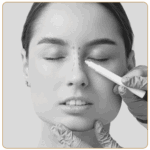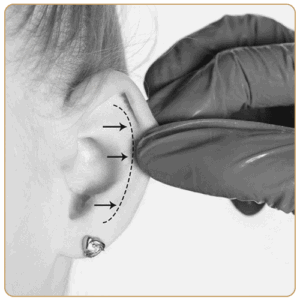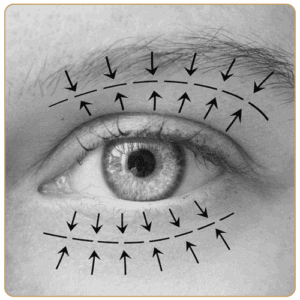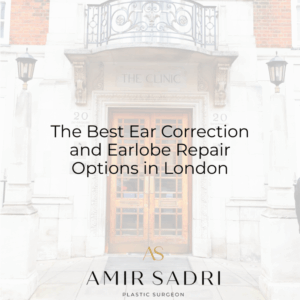Rhinoplasty, commonly known as a nose job, is a surgical procedure that alters the shape and function of the nose. It is one of the most popular cosmetic surgeries worldwide, and every year, thousands of people undergo this procedure. While the reasons for getting a rhinoplasty vary from person to person, one thing’s for sure, it’s not a one-size-fits-all procedure. There are different types of rhinoplasty, each designed to address specific concerns. In this blog post, we’ll explore the different types of rhinoplasty to help you understand which one may be right for you.
Preservation Rhinoplasty
Preservation rhinoplasty, also called the closed rhinoplasty, is a surgical technique that involves limiting the amount of cartilage and tissue removed. Instead, the focus is on reshaping the existing nasal structures to create a more pleasing appearance. This technique works best for patients who have a small or under-projected nose. The advantage of preservation rhinoplasty is that it preserves the natural look and function of the nose. Additionally, this technique results in less bruising, swelling, and discomfort compared to other techniques.
Ultrasonic Rhinoplasty
Ultrasonic rhinoplasty is a minimally invasive surgical procedure that utilizes ultrasonic technology to reshape the nasal bone. This technique is an alternative to traditional rhinoplasty, which involves breaking the nose bone to reshape it. Ultrasonic rhinoplasty eliminates the need for extensive bone manipulation, resulting in a shorter recovery period. Additionally, this technique is precise, resulting in more predictable and natural-looking results.
Revision Rhinoplasty
Revision rhinoplasty aims to correct and improve the results of a previous rhinoplasty procedure. It is a challenging procedure, requiring a highly experienced surgeon who can work with the existing nasal structures. Revision rhinoplasty is often needed to fix breathing problems, scarring, or unsatisfactory aesthetic results.
Cleft Rhinoplasty
Cleft rhinoplasty is a specialized surgical procedure designed to correct congenital nasal deformities. This type of rhinoplasty is commonly done on children who are born with a cleft lip or palate. The procedure involves repairing the cleft and correcting the nasal deformities caused by the cleft.
Cleft rhinoplasty: Cleft lip and cleft palate are common birth defects. These affect the lips and the roof of the mouth that develops in the first trimester of pregnancy. Cleft rhinoplasty is an operation tailored to correct nasal deformities caused by clefts. The goal of surgery is to improve nasal symmetry and produce a natural appearance.
Septoplasty
A septoplasty is a type of rhinoplasty is directed towards treating nasal deformities arising from a deviated septum. A deviated septum is when the cartilage wall in the center of the nose shifts to the left or right, causing imbalance in breathing. Septoplasty helps straighten the septum to improve breathing and aesthetics.
Septorhinoplasty
Septorhinoplasty, as the name suggests, addresses both septum and rhinoplasty concerns. The goal of the combination of procedures is to correct both functional and nasal appearance issues. Septorhinoplasty involves reshaping the nasal cartilage and bone while straightening the septum to improve breathing and aesthetics.
Ethnic Rhinoplasty
Ethnic rhinoplasty is a procedure that aims to enhance the appearance of the nose while maintaining or preserving the ethnic identity of the patient. This type of rhinoplasty is commonly performed on individuals of African, Asian, or Middle Eastern descent. It requires a surgeon who is skilled in working with different ethnic nasal structures and understanding the aesthetic ideals of different ethnicities.
In conclusion, the decision to undergo rhinoplasty is a personal one and requires careful consideration. It is crucial to choose a board-certified surgeon who has experience with the particular type of rhinoplasty you desire. We hope this guide to the different types of rhinoplasty has provided you with valuable insights about the different options available, ultimately helping you determine the rhinoplasty type that is best for you. Remember, it’s essential to set realistic expectations, have open communication with your surgeon, and follow post-operative care instructions for the best results.










